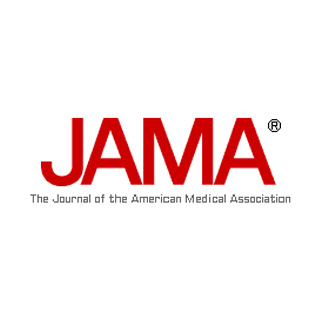You are looking at an archived version of our site. Please visit thepcc.org for a fresh, new experience!
You are here: Array » Health Reform and Phys ...
Health Reform and Physician-Led Accountable Care
Even though most adult primary care physicians may not realize it, they each can be seen as a chief executive officer (CEO) in charge of approximately $10 million of annual revenue. Consider that a typical primary care physician has approximately 2000 patients, each of whom annually accounts for about $5000 for health care spending. Although primary care today accounts for only 5% of that spending, the decisions made in the primary care setting have important implications for downstream medical care, such as subspecialty referrals, imaging and other medical testing, invasive procedures, and hospitalizations. A group of 100 adult primary care physicians could potentially influence almost $1 billion in health care spending.
Yet for most physicians, practicing today certainly does not feel like being a CEO. Physicians see opportunities every day to improve quality and lower costs, but in a recent survey, the vast majority of physicians reported that they should not be expected to play a central role in controlling costs.1 They expressed this view even though most also reported that the best ways to control health care costs are through promoting continuity of care, using cost-effective treatments, chronic disease care coordination, prevention and adhering to clinical guidelines—all of which are controlled or influenced by physicians.
Primary care physicians understand that the current fee-for-service model does not provide adequate support for these interventions, and oppose cost-cutting approaches within that model, such as across-the-board payment cuts, limits on coverage, or increased administrative barriers such as prior approvals and contested payments that will further reduce their income. Despite this, only 7% of physicians enthusiastically supported moving away from the familiarity afforded by fee-for-service.1
This disconnect and the resulting frustration indicate that primary care physicians have been underused in leading health care reform. Typically, value-based purchasing schemes and pay-for-reporting measures have made only modest adjustments in physician reimbursement as incentives to improve quality and efficiency.

Recent News
Agosto 16, 2024
Agosto 12, 2024
Luglio 16, 2024
Giugno 24, 2024
May webinar highlights: “The Commercial Market: Alternative Payment Models for Primary Care” Nate Murray explains w… https://t.co/KX9Wi2w6oY —
2 anni 6 mesi fa
@CMSinnovates’ primary care strategy is rooted in a 2021 @theNASEM’s report which called #primarycare “foundational… https://t.co/glbPxvCysg —
2 anni 6 mesi fa
@CMSinnovates has a new #primarycare strategy, envisioning “ACO-based primary care model tests that may focus on pr… https://t.co/aJGF1z411l —
2 anni 6 mesi fa
- Page 1
- ››
Menu secondario
Copyright © 2024 Primary Care Collaborative



